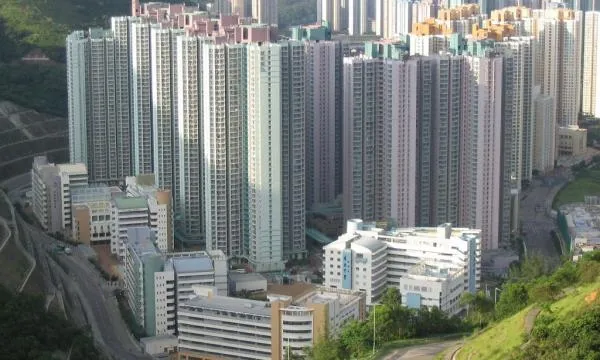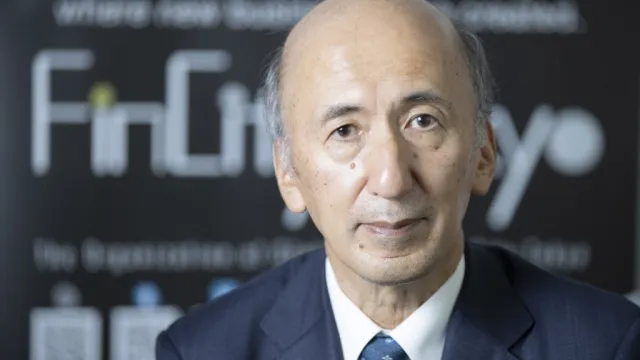
Will Hong Kong bid nano flats goodbye amidst intensified public housing push?
Developers may start building larger projects sized between 400 to 600 sqft.
Hong Kong may start gradually moving away from cramped nano homes as the government pushes to increase public housing supply, according to real estate consultant JLL.
With Chief Executive Carrie Lam pushing to increase the public-private housing ratio for land supply from 60:40 to 70:30, demand from the lower end of the private housing market - where nano flats are located - may decrease as focus shifts to subsidised housing.
Also read: Home ownership plunges below 50% in 2017 as prices skyrocket
The impact, however, will be mild although demand for nano-flats in more remote locations will likely take a hit, added JLL.
“As a response, we believe the developers will likely alter their projects to incorporate larger and more livable apartments with sizes range between 400 and 600 sq ft and two-bedrooms design, targeting middle class buyers. However, it still depends on whether the government would relax the restrictions on mortgage to ease the down payment burden on buyers,” Henry Mok, senior director of capital markets at JLL said in a statement.
Nano flats or units with saleable floor area of 200 sq ft or less have mushroomed across Hong Kong with around 3,300 units set for completion between 2018 to 2020.
From a mere 206 units completed in 2016, new nano flat supply is poised to represent more than 4% of total housing supply over the next three years, JLL said in an earlier report.
The heated take-up comes as residents usually first-time home buyers who were displaced by the hyper-expensive property market found an alternative despite its cramped interior.
“The relatively more attractive lump sums involved in the purchase of nano flats has led to buyers piling into the market. With the growth in salaries lagging home prices, developers are now adjusting the sizes of flats built to maintain smaller lump sums that can be absorbed by buyers,” Mok said in a previous report.
Also read: Home Ownership Scheme 2018 oversubscribed as citizens scramble for affordable housing
CE Lam’s announcement was therefore lauded as a positive development to boost public housing options in Hong Kong especially since private housing has been exceeding the former in the past ten years and have even exceeded the former by 4,100 units in 2017.
“It will take at least four to five years to see the change in the public to private housing ratio to be realised in completions. Over the medium-term, private housing completions are likely to fall, especially in the luxury segment, which is also being affected by the recently proposed vacancy tax,” added Catie Chung, senior director of research at JLL.








![Cross Domain [Manu + SBR + ABF + ABR + FMCG + HBR + ]](https://cmg-qa.s3.ap-southeast-1.amazonaws.com/s3fs-public/styles/exclusive_featured_article/public/2025-01/earth-3537401_1920_4.jpg.webp?itok=WaRpTJwE)









 Advertise
Advertise


